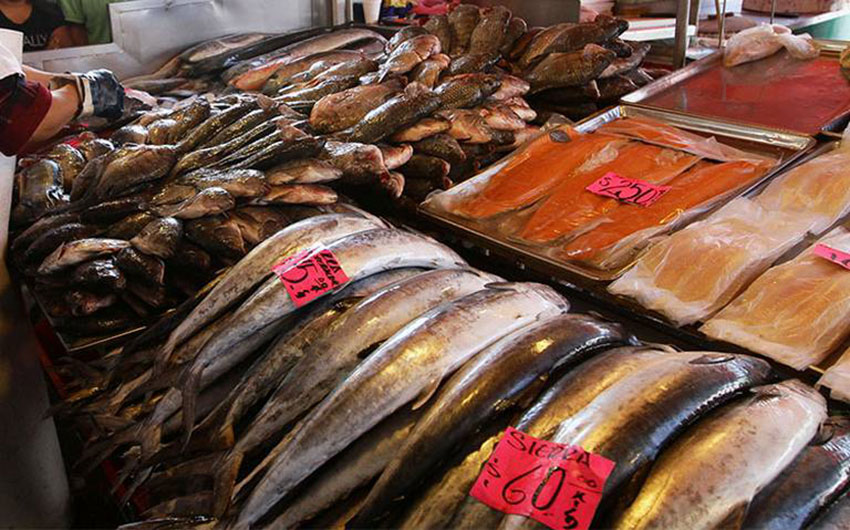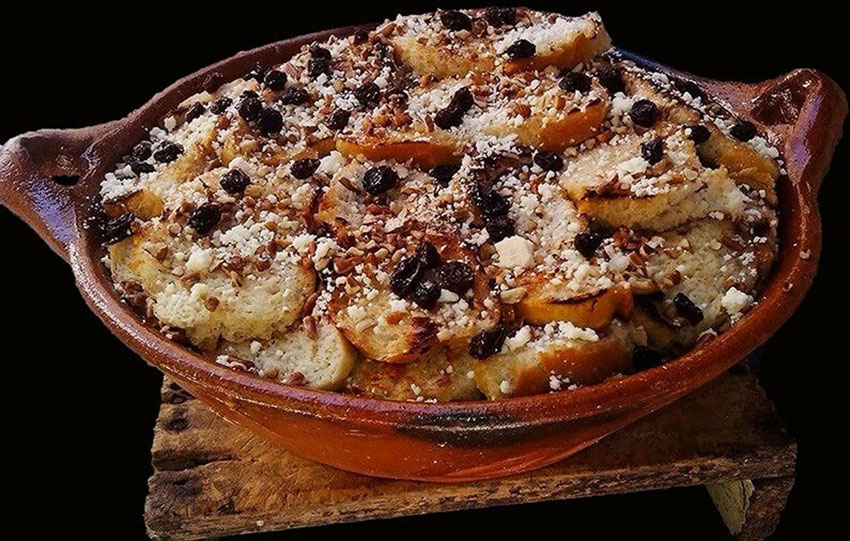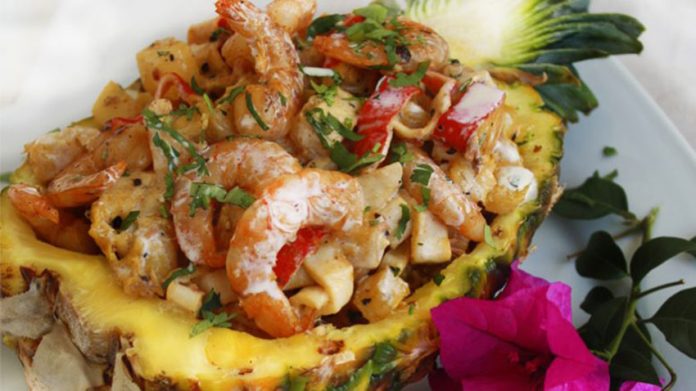Like other Catholic countries, Mexico has traditionally observed the “no meat on Fridays” rule during Lent, even though this practice has an ambivalent status. The prohibition on meat has usually meant that fish or other seafood is substituted, hardly a penance given the higher cost.
Indeed, such a substitution wasn’t practical for most Mexicans until the 20th century. For much of the country’s history, average Mexicans couldn’t even afford meat, let alone seafood. It was rare in the Mesoamerican diet and through the centuries a “rich person’s” food. That fact is reflected in the saying, Cuando hay pa’ carne, es vigilia — “When there is (money) for meat, it’s (time for) abstinence.” It means that poor people cannot enjoy the good things in life, either because of poverty or religion.
Besides, Mexico is much less religious now. The vast majority still do identify as Catholics, but observance is nowhere near as strict as it used to be. The most common practices now have cultural significance. For this reason, the avoidance of meat is not as mandatory as it once was. For example, many restaurants offer fish specialties during Lent, especially on Fridays, but the regular menu items are also offered and ordered.
Despite all this, meat consumption still goes down by 30% during this season, which is an important boost to Mexico’s seafood industry. Prices rise along with demand. Seafood restaurants benefit during Lent, especially in areas where people don’t have as much experience cooking fish.
The strict observance in the past gave rise to a number of traditions that can still be seen today. Celebrations related to Carnival (a time to use up the prohibited food items before Lent) and through Holy Week can still be seen, especially in more rural communities. One reason for this is that Lent coincides with the end of the dry season in Mexico, which for indigenous people has been a time of penance and reflection as well as rituals to ensure that the coming growing season will be good.

One obvious reason for at least a nominal observance of fish on Fridays is the fact that Mexico has 11,000 kilometers of coastline with four major commercial fishing areas: Sonora, Sinaloa, Baja California and Veracruz. Less obvious but also important is the production of freshwater fish. Mexico’s inland waters may not match those of the United States or Canada, but with the creation of reservoirs in the 20th century, fish became available in areas that did not have it before.
In fact, aquaculture arrived in Mexico as early as the late 19th century, when rainbow trout farms were started along the mountain streams of México state to raise the protein consumption of farmers. Such trout production remains important in the high altitudes of central Mexico.
Saltwater aquaculture came much later, in the 1980s, but today 53% of Mexico’s seafood is now produced at fish farms.
Such farming can now be found in 23 of the country’s 32 states, especially in Morelos, Nayarit, Jalisco, Veracruz and Yucatán. The most common species raised this way are tilapia, trout and shrimp, but tuna, oysters, catfish and sea bass are also cultivated.
Commercial fishing in open waters is still practiced and subject to varying regulations. However, many wildlife experts and chefs encourage responsible consumption of these products and respect for harvest seasons to allow populations to recover. Websites such as Pesca Con Futuro (in Spanish) give detailed information to help consumers make conscientious choices. During Lent, more than 100 species from the Pacific and Gulf of Mexico are in season.
All seafood dishes are acceptable for Lent, but a number of prepared items, with and without fish, have become traditional for this season on both the national and regional levels.

One major regional variation and a throwback to the past is the popularity of preserved fish products and vegetarian options in the interior of Mexico. Even though fresh fish is far more available than it was in the past (especially in Mexico City which has the second-largest wholesale fish market in the world), traditional dishes are based on what could be had 100 or more years ago.
Preserved fish products include tuna, sardines, and dried fish — in particular, dried shrimp. One common dish is the torta de camarón seco (shrimp patties). It is enjoyed throughout inland Mexico, but there are regional variations. In the center of the country, the dish contains romeritos (seepweed), in the north it has egg and red salsa, and in Guanajuato it comes with nopal cactus.
Following in importance is the use of beans, either as the main protein source or as a way to stretch expensive fish. Fava beans and lentils appear in many areas. In the Sierra Tarahumara, chacales is a traditional soup made with corn and lentils and cooked in a pot underground. White beans are common in Oaxaca.
For those regions where they are historically consumed, insects are also acceptable for Lent. These include central Mexico and Oaxaca, where chapulines (grasshoppers) are popular year round. Some other items that are in season around Lent include escamoles (ant eggs) and in several southern states jumiles (beetles or stink bugs).
Freshwater fish features prominently in Lenten dishes in those few inland areas with significant production. Perhaps the most famous of these are the charales (neotropical silversides) of Lake Pátzcuaro, small sardine-like fishes that are eaten dried or fried. They can be prepared many ways, including simply on a tortilla with salsa.
Vegetarian dishes include tortas de papa (potato patties), tamales with cheese or vegetable fillings, stuffed chiles and vegetables such as quelites (the name for several varieties of leafy greens) and romeritos. Cheese is also acceptable to eat during Lent, though despite its availability, it doesn’t take a central role during this time. This may be because in the past dairy was also forbidden (along with alcohol).
One dish that truly seems to be consumed nationwide this time of year is capirotada. This is a dessert made with slices of stale bread that has been fried, then covered in a syrup made with piloncillo (sometimes agave), raisins and nuts, and finally sprinkled with cotija or other salty cheeses.
Happy Easter!
Mexico News Daily
